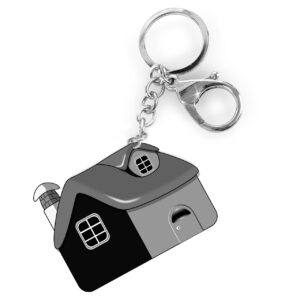Employee burnout. It’s a real problem, even when team members are working from home. (In fact, the issue can easily be exacerbated because there’s more pressure to perform amidst an atmosphere that’s not necessarily conducive to working and is also filled with distractions.) Just because people are working in a comfortable, familiar environment doesn’t mean they don’t still feel a sense of duty, responsibility, and pride. Ultimately, it’s these emotions which can undermine them and lead to employee burnout. So, read on to learn how to deal with these situations.
Common Signs of Employee Burnout
The most common signs of employee burnout are behaviors like disengagement, absenteeism, and lack of motivation and productivity. During virtual meetings and phone conferences, anyone who is suffering from burnout won’t be as engaged, will skip more and more meetings, and their attitude won’t reflect being motivated and/or productive.During any time of high unemployment, people are often afraid to take vacation, request work flexibility, or advocate for their work-life balance, mental health, and overall wellness–unless the company culture encourages them to. But with the added emergency-paradigm shift to remote work, which most workers and leaders alike have never experienced before, the challenges of how to communicate and find solutions to promote mental well-being are even more daunting. —Inc.comBut, those aren’t the only signs of employee burnout. There’s also irritability, job dissatisfaction, and lack of achievement. People who are feeling burned out will probably be irritable, express to fellow team members their dissatisfaction, and will also tell others they don’t feel like they are achieving anything of value.
3 Effective Ways to Help Remote Workers Avoid Burnout
Thankfully, there are ways to help remote workers avoid burnout. And, it won’t upend your operation or even cost very much. All you need to do is give them encouragement, let them have a good amount of autonomy, and say “Thank you,” in different ways. Here are some of the best ways to help your remote employees avoid work burnout:- Acknowledge hard work. Just because someone isn’t in the office or on the job in a specific location doesn’t mean they aren’t giving it their all. As mentioned above, it can be very challenging to work from home precisely because it’s not equipped the same way as the workplace, and they must deal with all kinds of distractions. That means you should take the time to acknowledge their hard work.
- Focus on results, not hours. Sure, time spent on productivity is important. But, it’s certainly not more important than the end result. Instead of putting emphasis on the hours they spend “on the clock,” put your focus on outcomes — these are a far better measure of their efforts.
- Offer welcome and helpful perks. It’s also very helpful to give your employees some tools to reduce stress and access to positive experiences. Things like gym memberships, paid time off, and other perks can work wonders and bring a real strong return on investment.




